 This Ain’t Your Grandmother’s Birdhouse!
This Ain’t Your Grandmother’s Birdhouse!
Please refer to and follow all manufacturers’ directions.
What I love about woodcarving is that you never know where it will take you – geographically, physically, philosophically, or sculpturally. There will always be something, around the next bend, that you never could even imagine.
While attending Rick Jensen’s bark power carving class, at Gene Webb’s School of Woodcarving, I saw a carver, in the back row, quietly carving a monstrous piece of bark. His name was Howard L. Atwood.
Howard hails from Asheville, North Carolina and has been carving since 2008. His birdhouses have been consistent award-winners. One of his entries won a first prize of $1,000, plus two-nights at a bed and breakfast, including dinner! Howard told me his bark carvings have been greatly influenced by Carving Illustrated’s 2014 Carver of the Year, Rick Jensen. After watching Rick’s DVD, Carving Magical Tree Houses, Howard decided to take Rick’s bark carving class. That was seven years ago. Howard has taken Rick’s class every year since then.
The size of the bark, used in these photos, is approximately 24” high by 20” deep and 18” wide. Rick Jensen glued up more than 8 individual pieces of bark for Howard’s birdhouse.
What intrigued me, beyond the beauty and grace of these birdhouses, were the perfectly round openings. How did Howard create them without leaving that little hole in the wood that comes with a Forstner bit? Howard advised that he modified his Forstner. First he went to his bench grinder to remove the point, and then he continued to lower the point until it was flush, using the two stone bits pictured. Good thinking, Howard!
You can view more of Howard’s carvings by visiting his website: www.AandAcrafts.com.
***
A quick reminder:
2015 International Woodcarvers Congress
Second full week in June
Jackson County Fairgrounds
1212 E Quarry Street
Maquoketa, IA 52060
www.awcltd.org
Questions: Larry Yudis: 563.676.8264
Carol Yudis: 563.505.2700
The 2015 International Woodcarvers Congress is a week-long celebration of the woodcarving arts. Activities during Congress Week include:
- Carving Competition in over 85 separate categories
- Open to the public woodcarving show – Thursday through Sunday
- Educational seminars (5‑day, 3‑day, 2‑day and 1‑day classes available) that cover a variety of carving and related subjects, as well as seminars for the non-carver
- Silent Auction – Sunday afternoon
- Massage Therapist available throughout the week
- Annual Awards Banquet on Saturday evening
- Two-Hour Judges’ Critique Session – Saturday and Sunday afternoons
- Annual AWC Membership meeting
Hope to see you there!
***
E‑MAILS
Subject: Carving all 44 Presidents
I received the following email and photos from Ron Karo, New York. Ron isn’t a carver, but he knows great carvings when he sees them. While traveling through Tennessee, he came upon two of Gene Webb’s Presidential bust carvings and knew he had to have 42 more. I couldn’t share all the photos Ron sent me, but if you click on the Gene Webb’s School of Woodcarving link that should be located bottom right of this column, you can see all of 44 of the presidents.
Here is Ron’s email.
Basically, I’ve never met Gene. We happened upon his work while driving through the mountains on our way to Dallas.
There we found [and purchased] the two original presidential carvings of Obama and Bush Jr… Upon our return to upstate NY, we contacted Gene about carving all the presidents. He agreed. Over the next two years we exchanged photos, cartoons, sculptures and historical images culled from the web and books. We used these to design the busts. Now all are done…all 44…….one is better than the next. They are truly terrific. He [Gene] is the best carver alive.
Ron Karo
***
Ever pick up a piece of drift wood at the water’s edge? Bet it wasn’t as large as the drift wood John Carriere, from Australia, found on the beach during a lunchtime stroll. John’s driftwood weighed in at over 90 lbs. Next month, I’ll share how John got the wood home (a jogger helped), how he treated the piece and what he ultimately decided to carve.
Carvers helping carvers … all the way from Australia. Does it get any better than here at WOM? Really??
Until then, gentle reader, may your wood be plentiful and your tools stay sharp. Take care, carve lots, and always remember to smile.
Peace,
Susan.

















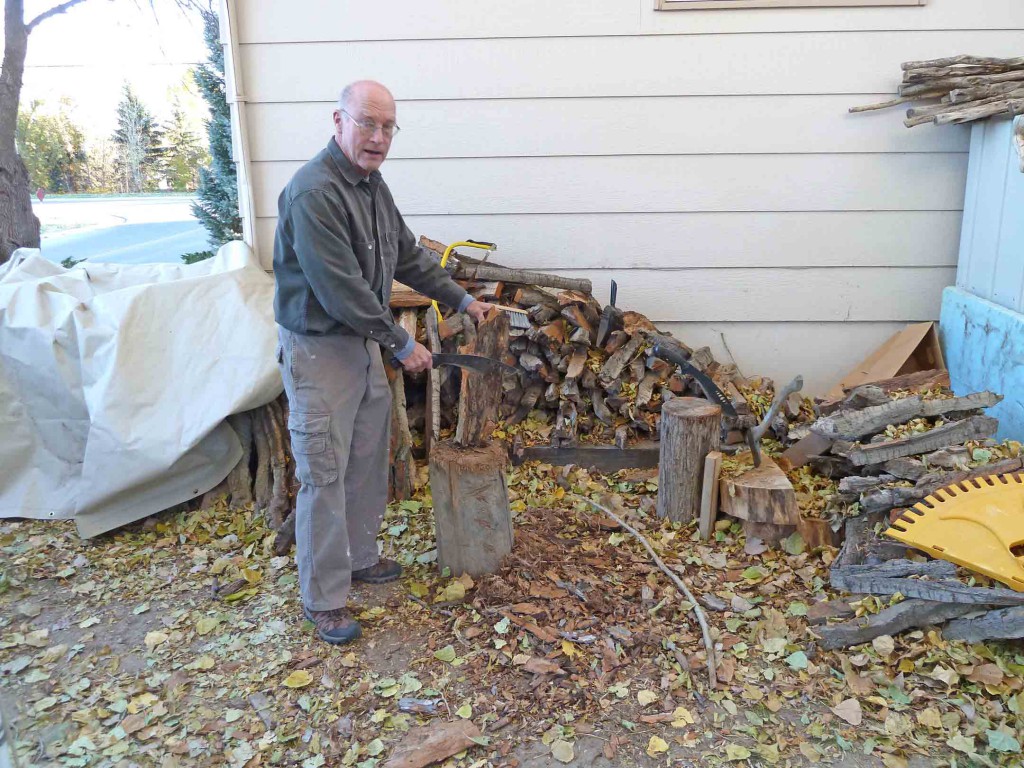
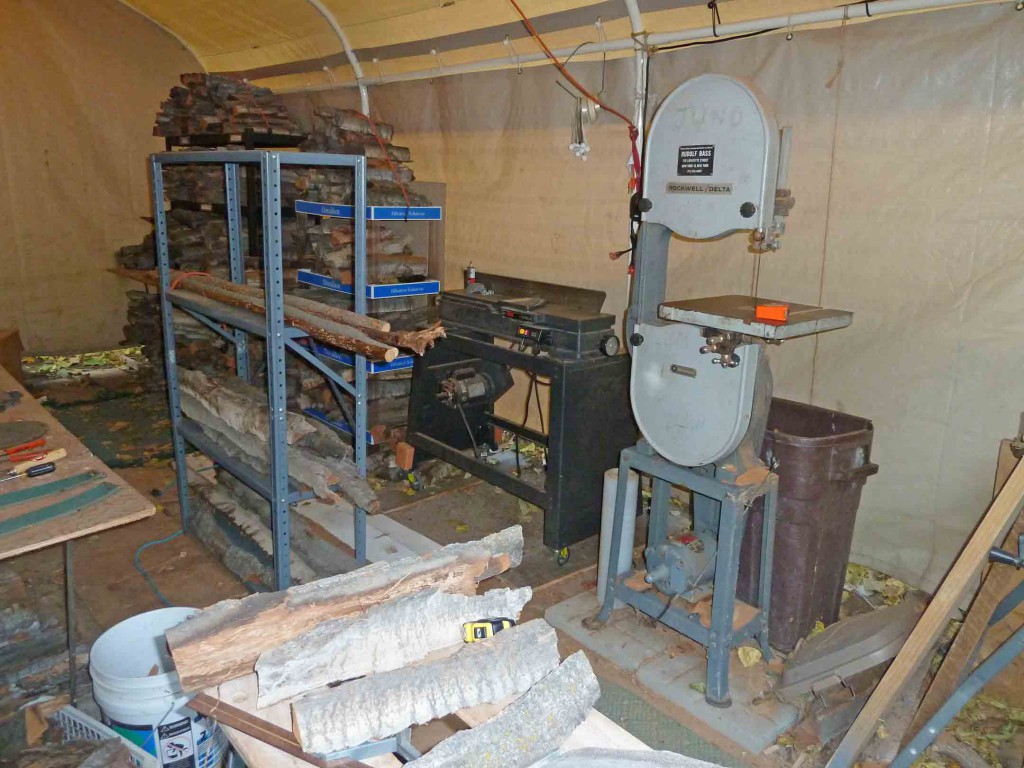

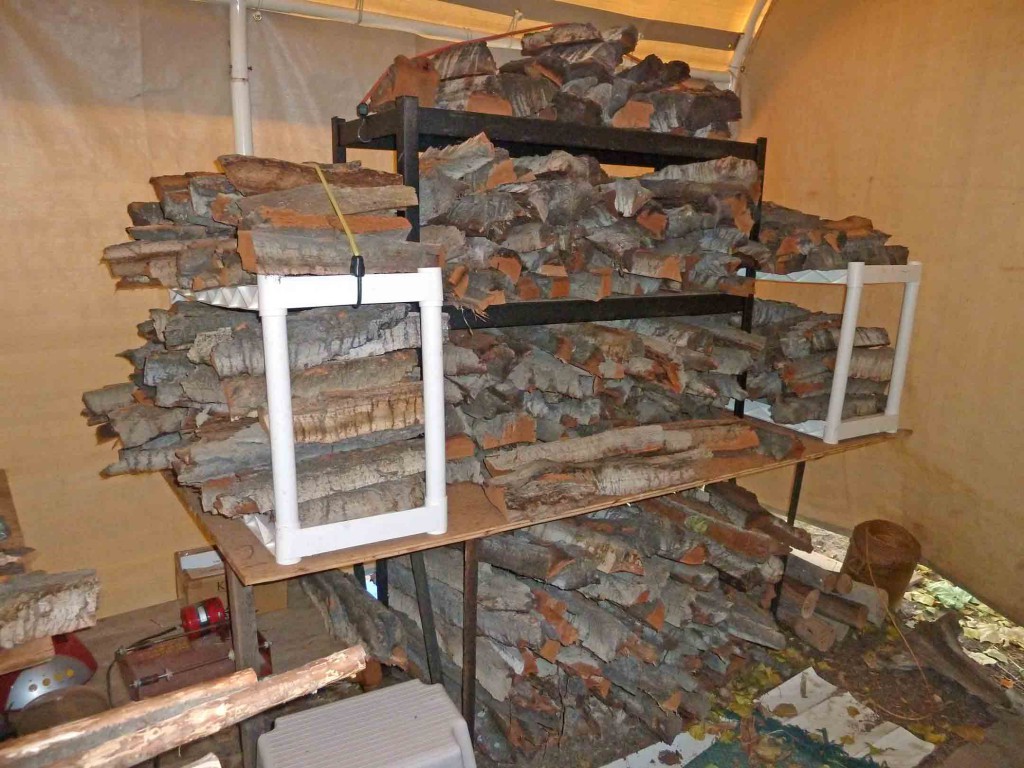

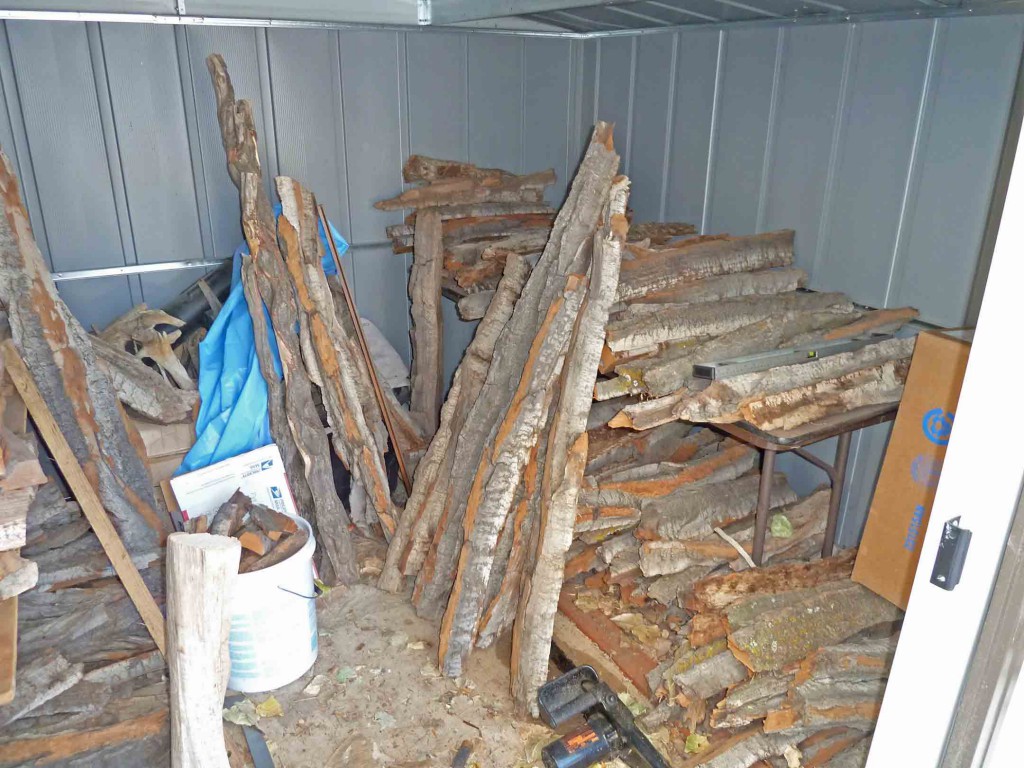


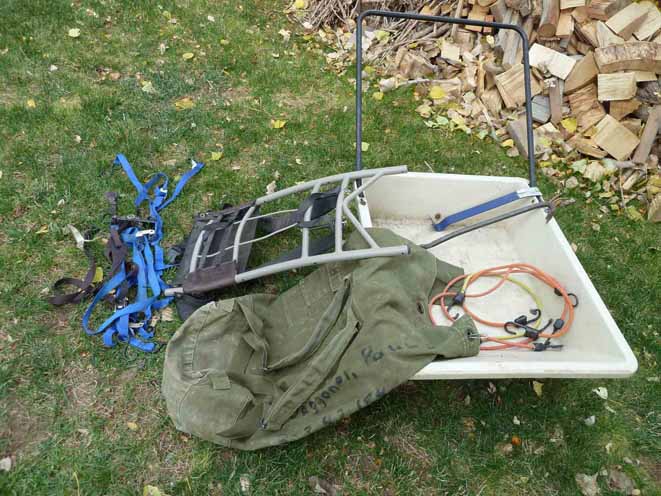


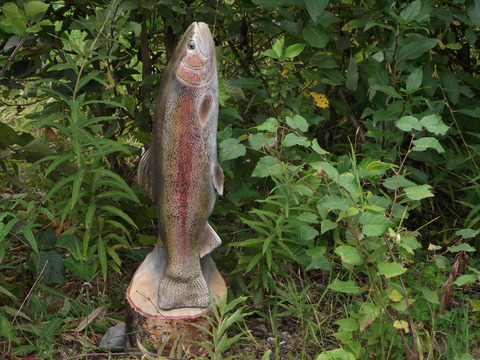

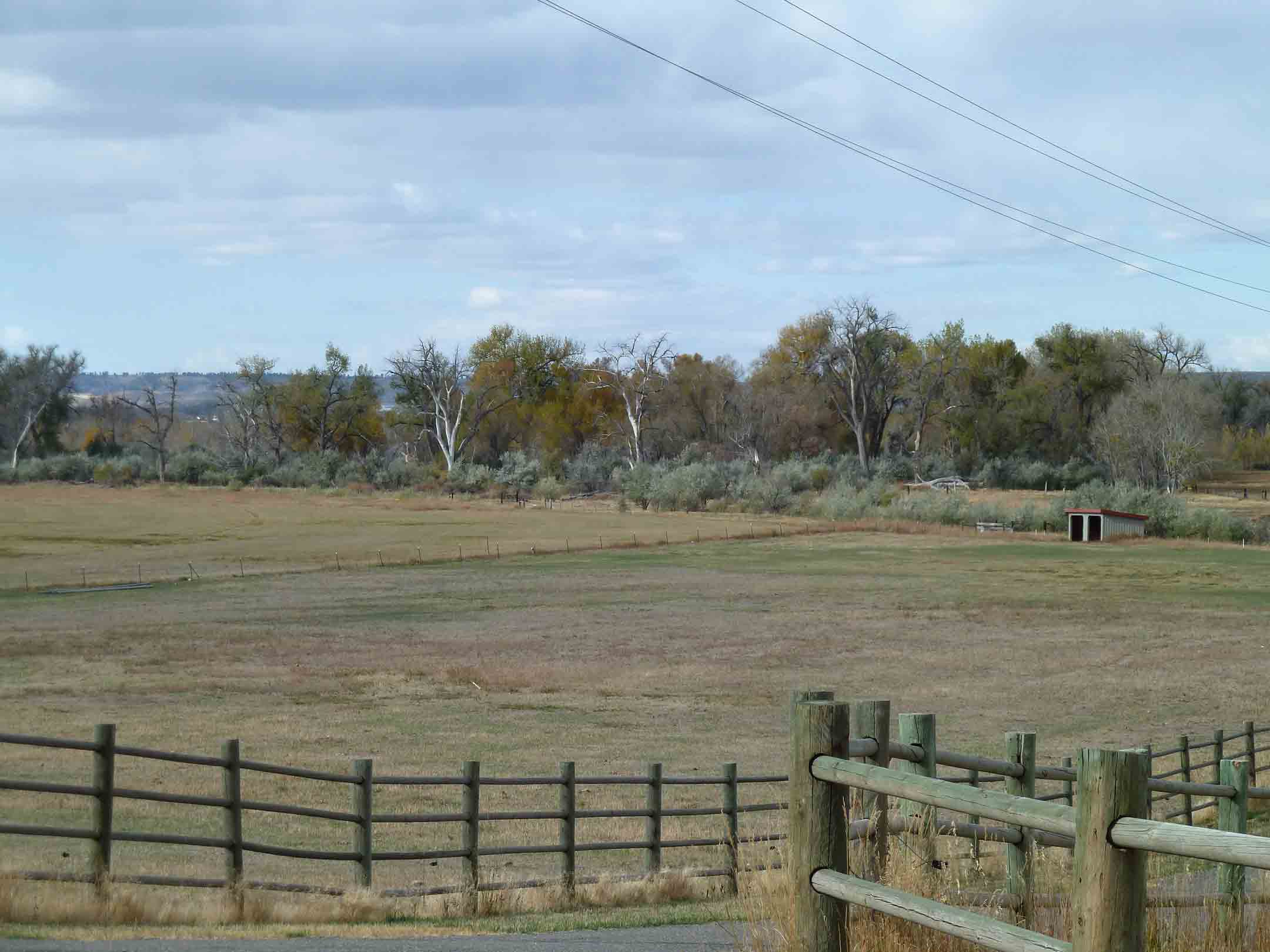
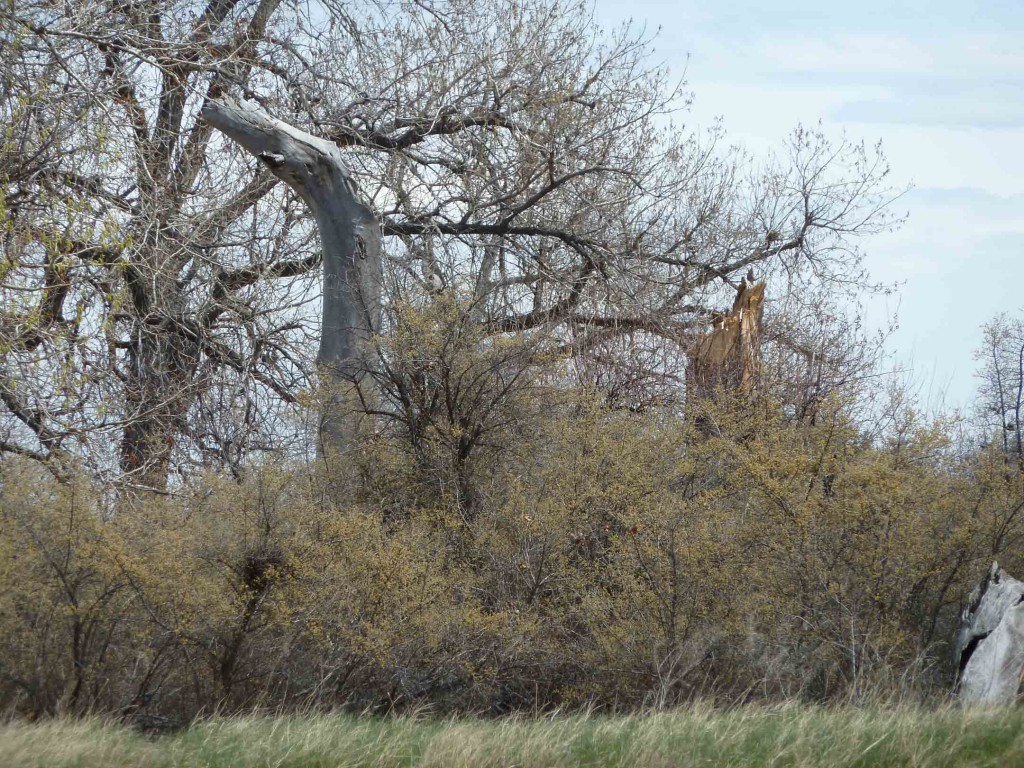
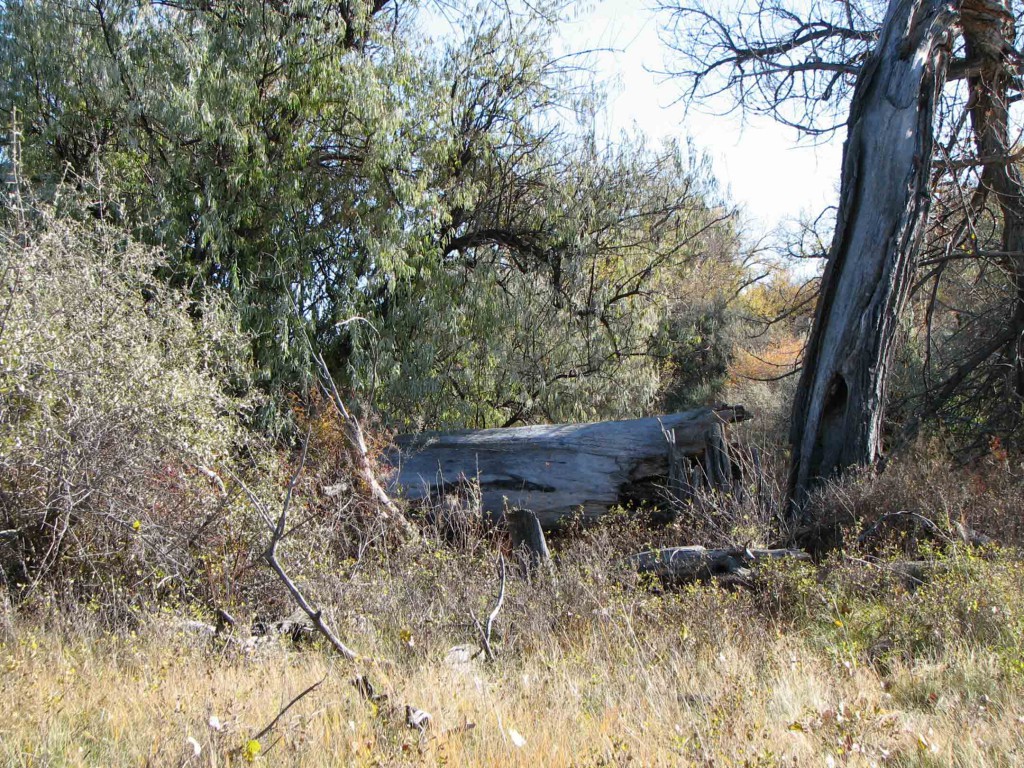
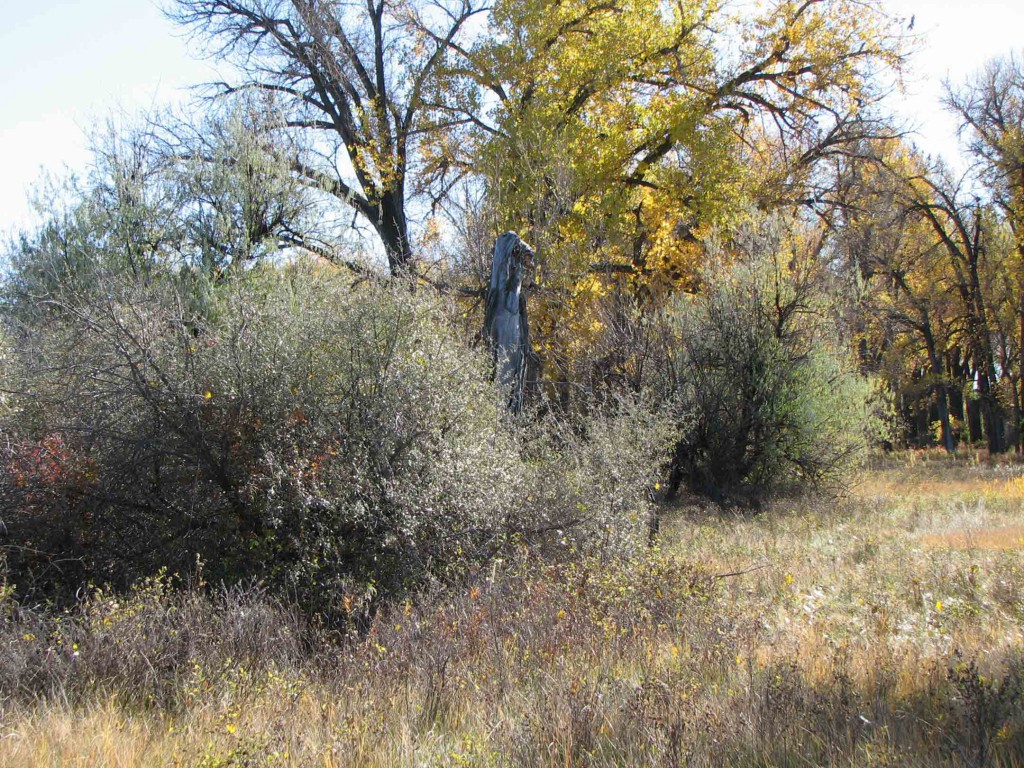
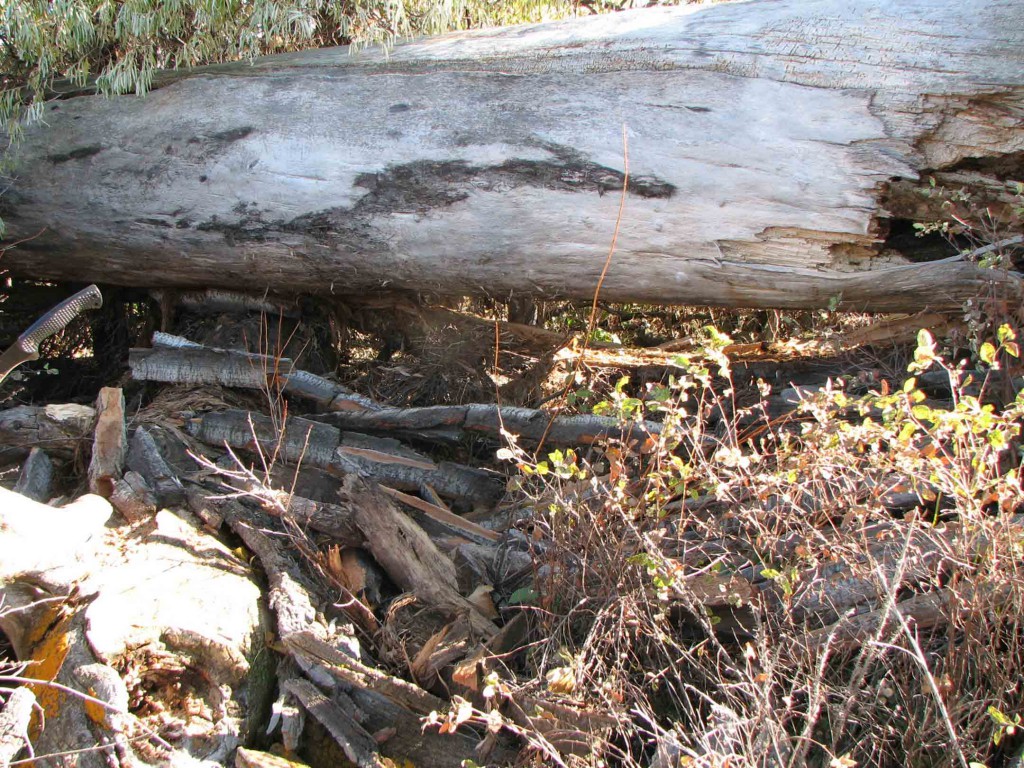
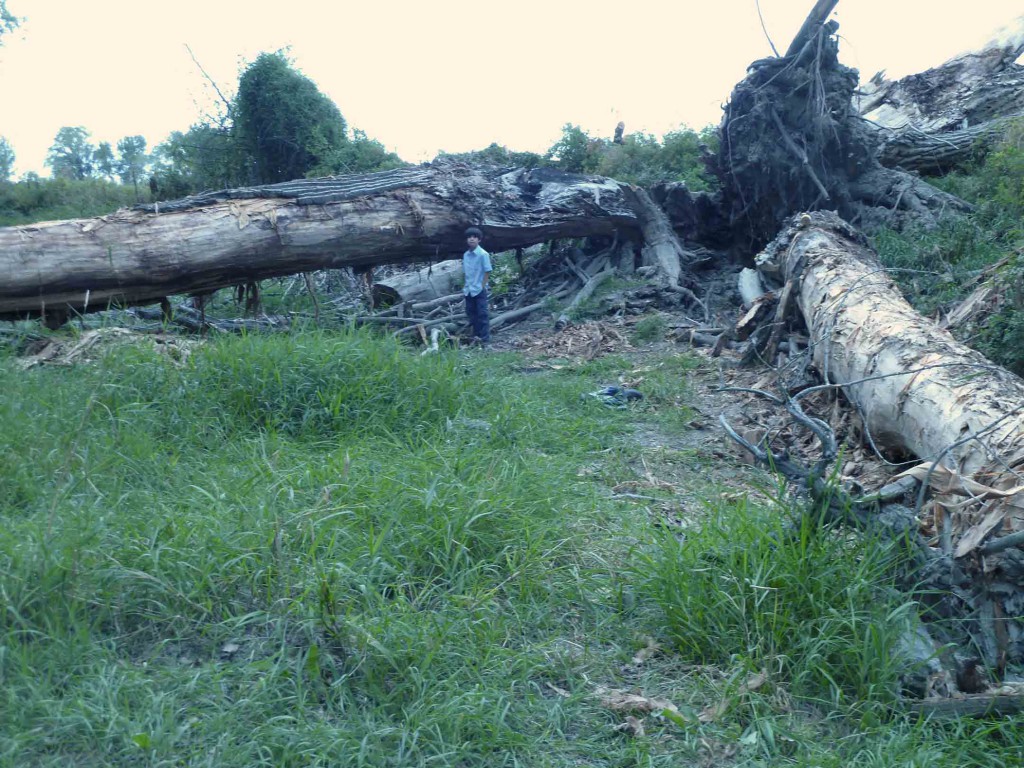
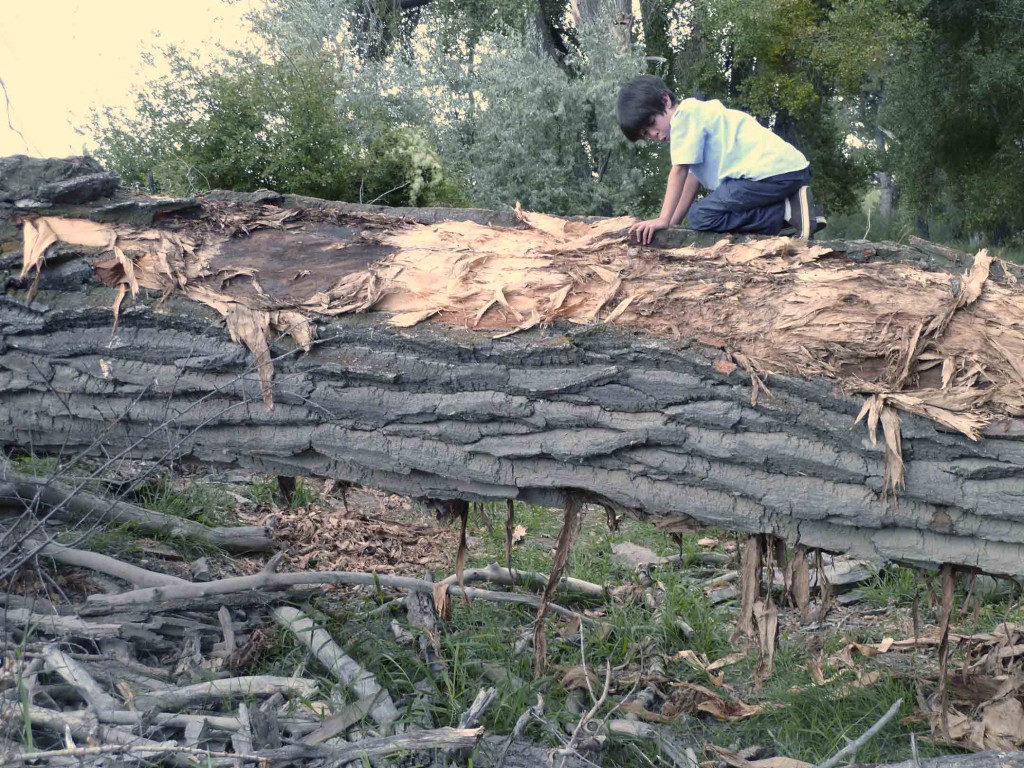

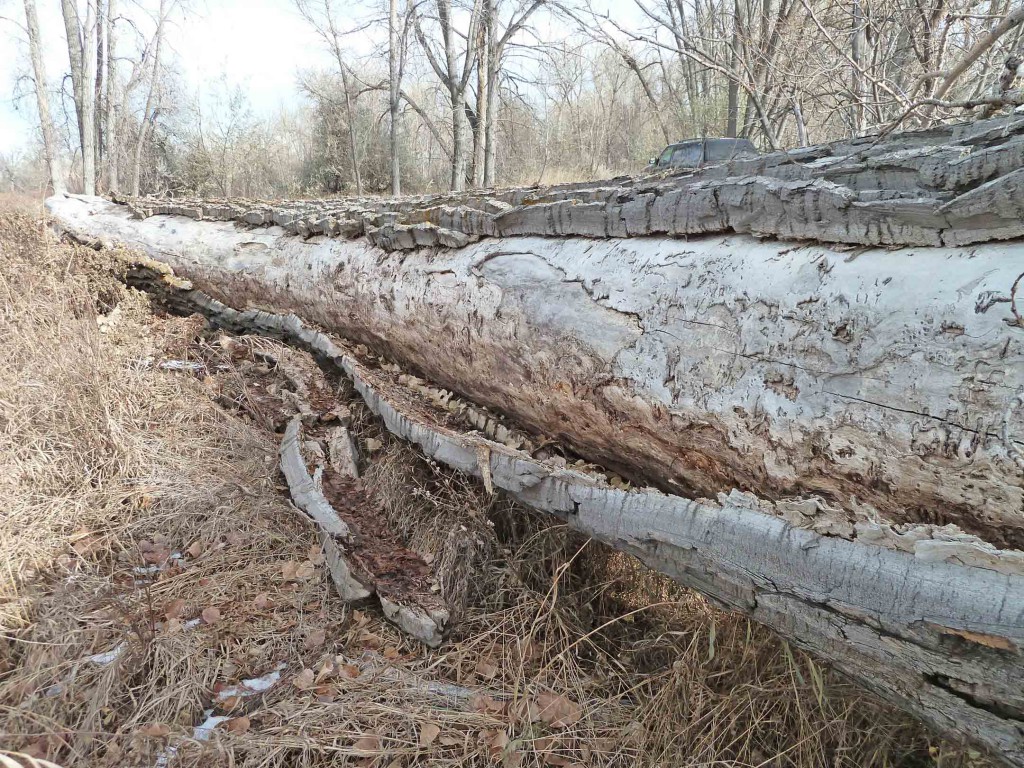



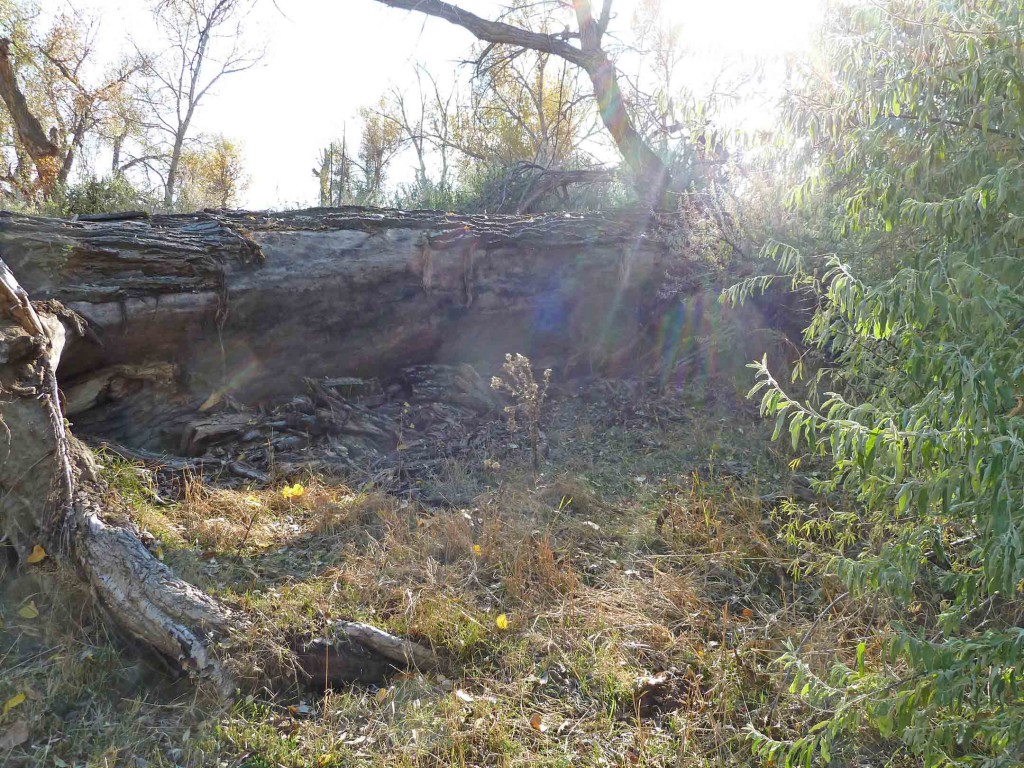


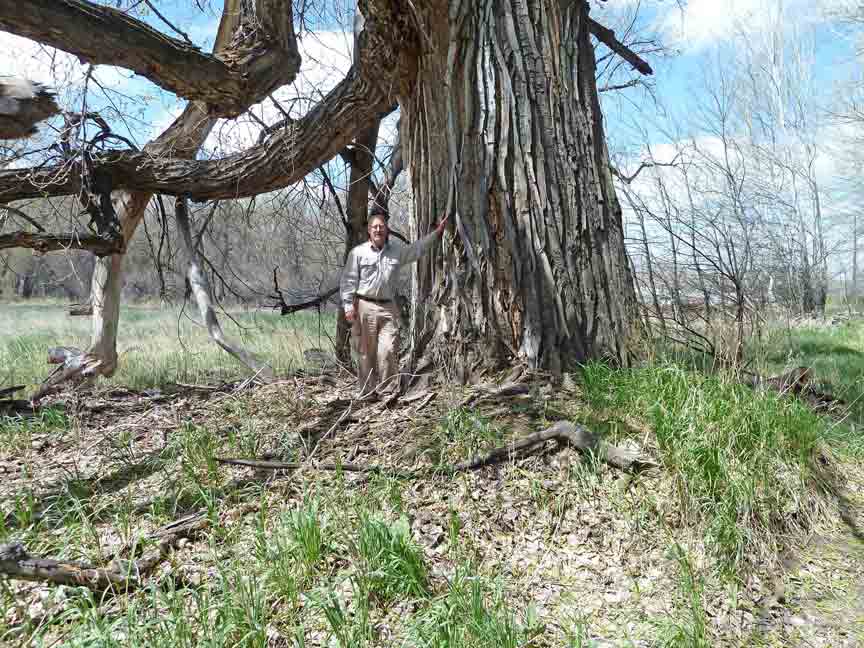
Recent Comments